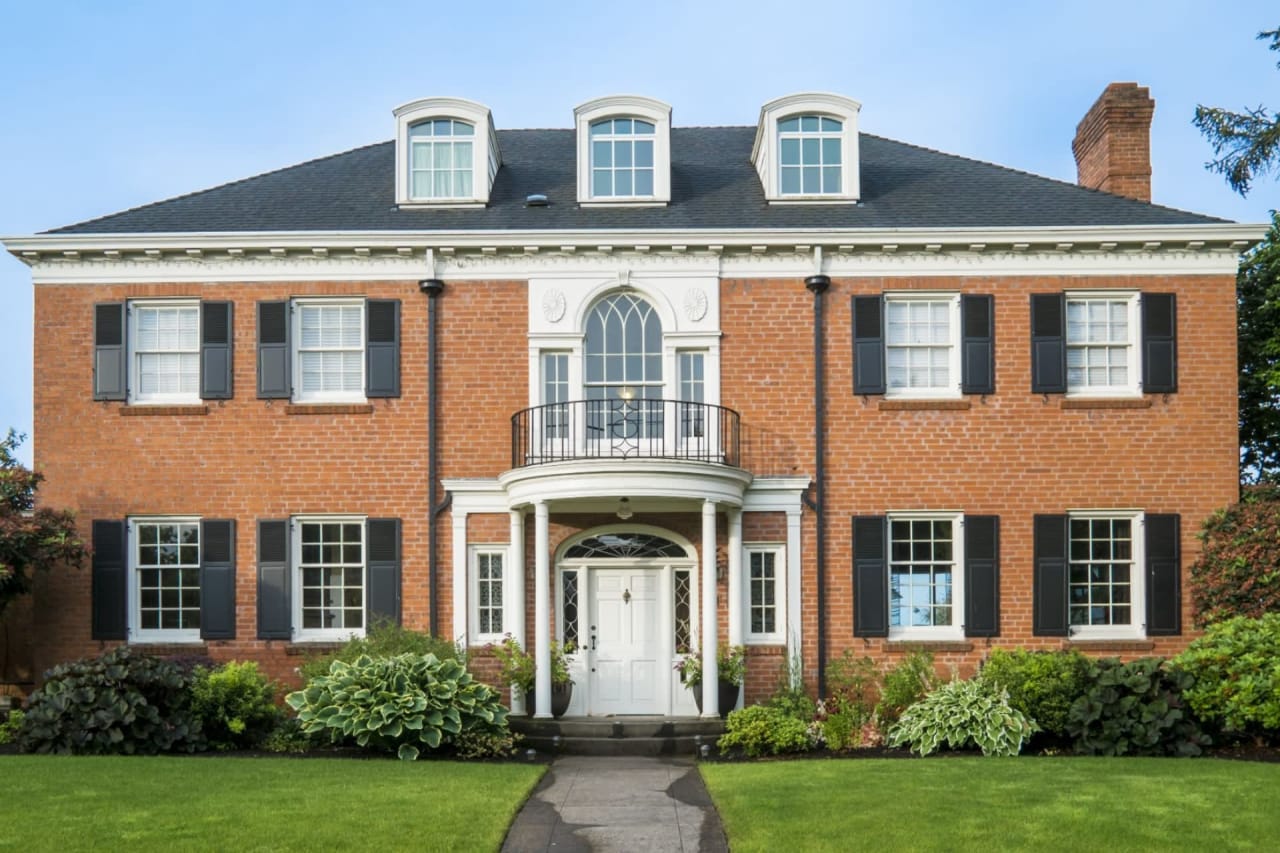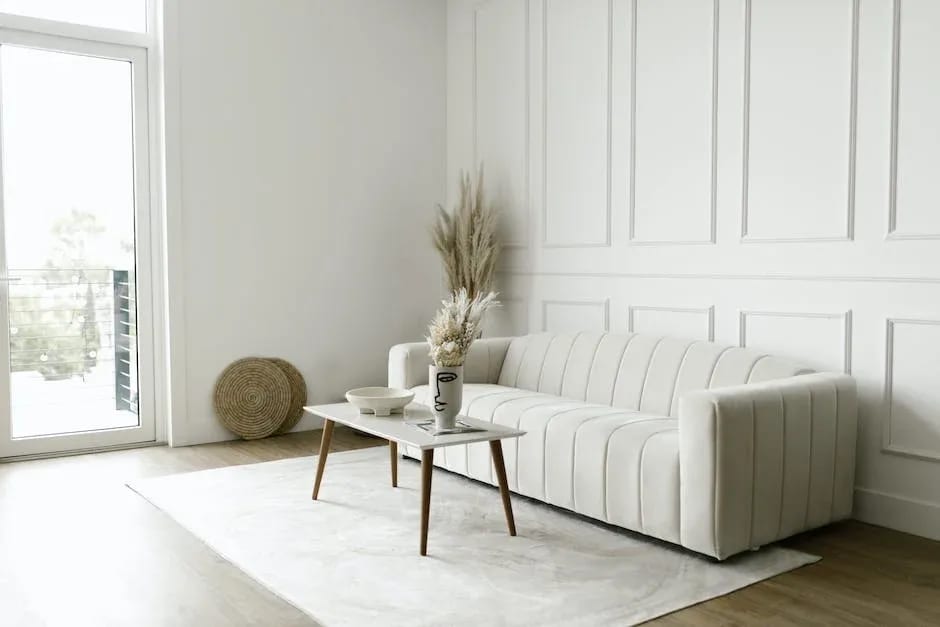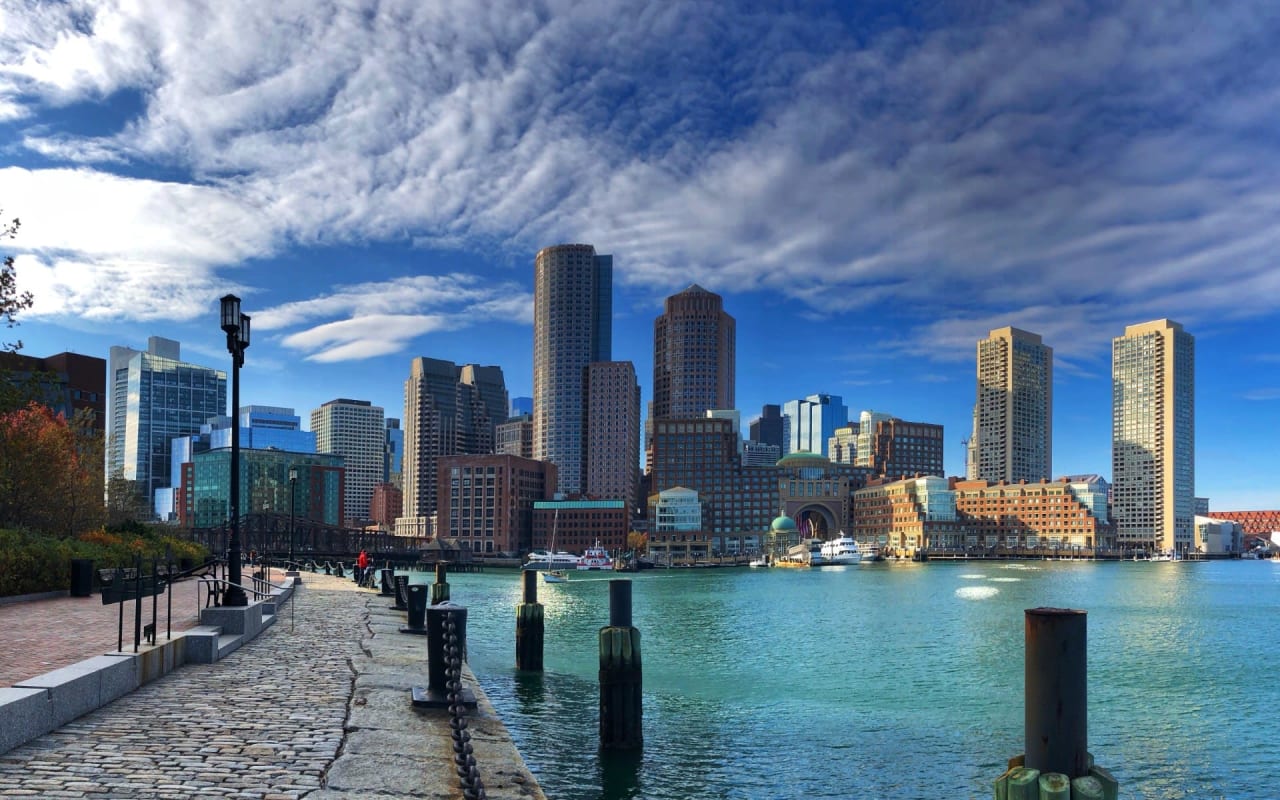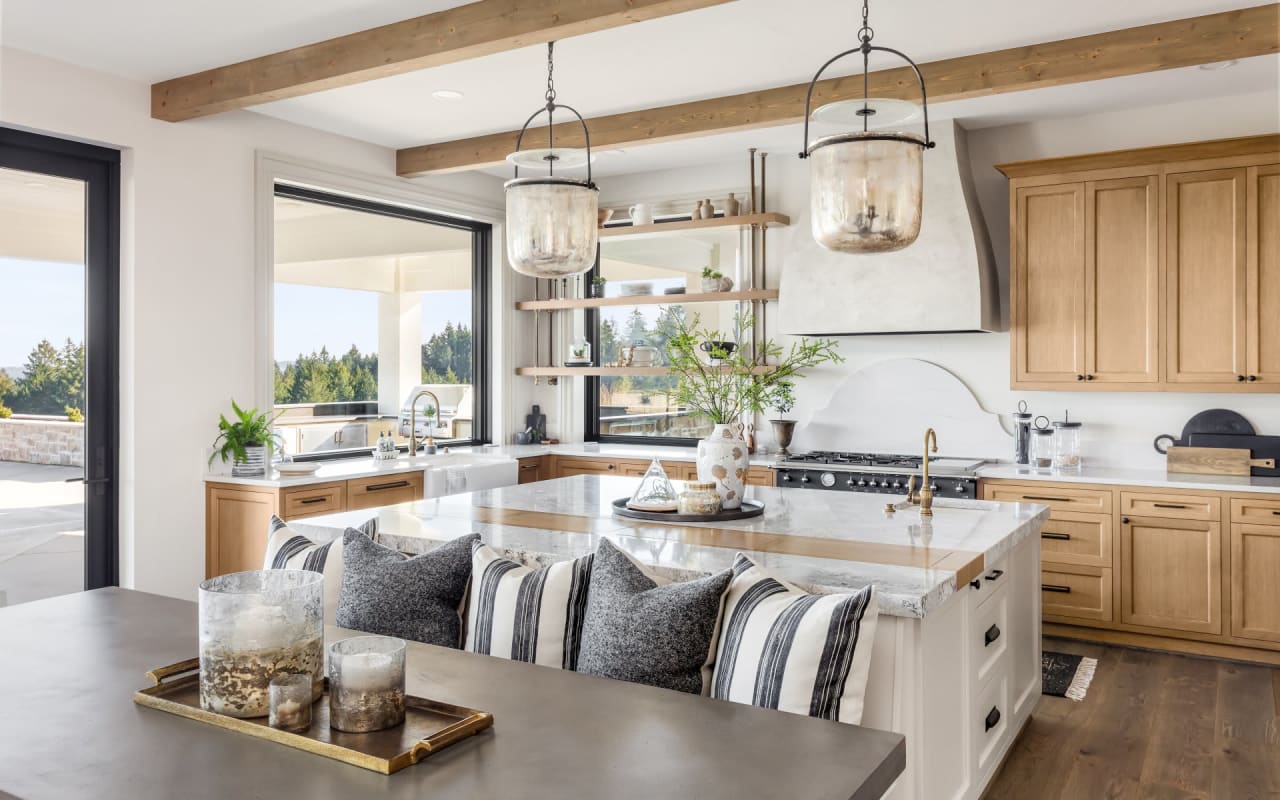Boston's Back Bay neighborhood is one of the city's most historic and desirable neighborhoods. Originally a tidal marsh, the area was built during the mid-19th century and quickly became a fashionable district for affluent Bostonians. Many different architectural styles can be found in Back Bay, from the Federal to Georgian Revival. Here are some of the most common styles you'll find when touring this beautiful neighborhood!
Federal

Popular among architects from approximately 1780 to 1840, the Federal style of architecture — also known as the Adam style — could be considered a refinement of the Georgian architectural style popular during the colonial period. The style derives its secondary name from Robert Adam, who was the most influential architect in England at the United States of America's founding. The style is especially prevalent across the East Coast. While touring Back Bay homes for sale, you can identify a home in the Federal style if it has the majority of the following characteristics:
- A structure that is rectangular or square with a depth of two rooms
- 2-3 stories
- Asymmetrical floor plans
- Understated exterior decorations
- Geometric motifs like fans, circles, and ellipses
- Brick or clapboard construction
Gothic Revival
 Photo Courtesy of Zillow
Photo Courtesy of ZillowMost popular between 1830 and 1860, the Gothic Revival architectural style was strongly shaped by architects Andrew Jackson Downing and Alexander Jackson Davis, who noted the technique would be especially appropriate for rural areas where it could blend well with the landscape. These homes were, and are, traditionally found in small-town and rural settings. Buyers looking at Back Bay real estate can identify a Gothic Revival property if it includes the majority of the following characteristics:
- Pointed arches (as seen with doors, windows, porches, gables, and dormers)
- A "gingerbread" trim
- Gables with decorative trim
- Porches with columns or turned posts
- A steeply pitched roof
- Decorative crowns for doors and windows
Italianate

The Italianate architectural style is considered part of the Picturesque Movement and was initially based on farmhouses from Italy, especially those from the Tuscany region when it saw its first use in England. The Italianate style was popular among architects in the United States from approximately 1840 through 1885 and is considered part of the overarching Victorian Era style. The Italianate architectural style was introduced to the United States by Andrew Jackson Downing, an architect who published two books on the subject in 1842 and 1850. When the design came to the States, it became far less influenced by Italian farmhouse designs. To identify an Italianate property among Back Bay real estate today, look for:
- A single-family structure matching one of these six categories: a box with a hipped roof, a box with a central gable, a front gable, an L- or U-shaped plan, or an L-plan with a tower
- A townhome with ornamented windows, doorways, and porches
- Projecting eaves with heavy brackets
- A low-pitched roof with a square cupola
- Brick or clapboard construction
- Arched or curved windows
- Entry doors with inset windows
- Single-story porches with square columns with beveled corners
High Victorian Gothic/Ruskinian Gothic
 Photo Courtesy of Homenish
Photo Courtesy of HomenishThe High Victorian Gothic architectural style was popular from 1860 to 1890. The design’s secondary name is associated with John Ruskin, who wrote the book The Seven Lamps of Architecture. While similar to the style of Gothic Revival movement homes, Ruskinian Gothic houses are more prevalent in urban settings. Buyers looking at Back Bay real estate can identify a Ruskinian or High Victorian Gothic property if it includes the majority of the following characteristics:
- Decorative but sturdy construction
- Masonry construction
- Pointed and arched doorways and windows
- Steep roof with gables or cross gables
- Turrets, traditionally with conical roofs
- Stone quoins: the decorative cornerstones on the corners of the structure
- Chimneys with patterned brick
Chateauesque
 Photo Courtesy of Pinterest
Photo Courtesy of PinterestThe Chateauesque architectural style was popular among luxury homes built between 1880 and 1910. Homes in this style were designed to resemble 16th-century French chateaus, hence the name. To spot a Chateauesque property among Back Bay homes for sale, look for:
- A complex and steep hipped roofline, which may be gabled and topped by iron finials or cresting
- A tall and imposing structure
- Masonry construction
- Asymmetrical floor plan
- A facade that is not a solid wall but instead consists of a line of walls that advance and recede
- Dormer windows disrupt the roofline
- Tall chimneys with decorative corbels adorning the corners of the top
- Large entry doors
- Gothic arches
- Turrets and towers with conical roofs
- Balconies with arched tracery or quatrefoil elements
Queen Anne
 Photo Courtesy of Architectural Styles of America and Europe
Photo Courtesy of Architectural Styles of America and EuropeLuxury homes primarily used the Queen Anne architectural style from 1880 through 1910. While the design is named after Queen Anne, the aesthetic is more Elizabethan or Jacobean. To identify a Queen Anne property among Back Bay real estate, look for:
- Round, polygonal, or square towers with domed, tent, or conical slate-shingle roofs
- Decorative gables
- Elaborate chimneys
- Dormer windows
- An asymmetrical design and complex roofline with a steep roof
- Half-timbered walls or another mix of textures like stone or patterned brick with stucco, slate, clapboard, or wooden shingles
- Bay windows
- A wrap-around porch with decorative columns or other ornamentation
French Academic/Beaux-Arts

More commonly known as the Beaux-Arts style, the French Academic style was a popular architectural style from 1885 to 1930. The motif is referred to as both French Academic and Beaux-Arts because it is the style that was taught at the Beaux-Arts school in Paris. Buyers can identify a property as French Academic/Beaux-Arts if or when it meets the majority of the following characteristics:
- “Theatrical,” “ornate,” “elegant,” and “grand” are terms that come to mind when viewing the property
- The inclusion of columns, pediments, and cornices inspired by Greek and Roman architecture
- The inclusion of decorative embellishments inspired by the French and the Italian Renaissance
- Sculptural decorations on the facade, including figures and statues
- Symmetrical structures and floor plans
- An elevated first story
- Arched doors and windows
- Grand staircases and entry halls
- One or more formal gardens on landscaped grounds
Italian Renaissance Revival

Similar to the Italianate style, the Italian Renaissance Revival architectural style draws inspiration from Italian architecture and the Italian Renaissance. This style was popular from 1890 through 1930 and stayed more stylistically in line with traditional Italian elements than the Italianate style did. To identify a property as an Italian Renaissance Revival home, look for:
- A formal design, clearly inspired by classical Roman elements and featuring an imposing scale
- Masonry construction
- The characteristics of one of the two following variations:
-
- Variation 1:
-
-
- Three or more stories tall
- A crowning railing on a flat roof.
- A first floor with rusticated stone, while the upper stories feature smooth flooring.
- A portico or porch arcade.
-
-
- Variation 2:
-
-
- A hipped roof with clay tiles, bracketed eaves, and a broad overhang.
- An appearance similar in style to a Spanish Colonial Revival home but including classical Roman elements like columns and pedimented windows.
-
Georgian Revival
 Photo Courtesy of Architectural Digest
Photo Courtesy of Architectural DigestThe Georgian Revival architectural style reached its peak in popularity in the United States from 1920 through 1940, though it appeared as early as the American Centennial in 1876. Buyers can identify a Georgian Revival when it includes the majority of the following characteristics:
- A hipped roof that may consist of side gables
- A symmetrical facade with a central entrance
- An entrance with pilasters and pediment, sidelight windows, and overhead fanlight windows
- Double-hung windows in adjacent pairs
- A belt course on the external facade indicates the split between stories
Looking for Back Bay homes for sale?
If you're looking for a historic neighborhood in Boston with beautiful architecture, Back Bay is the place to be. With homes dating back to the 1800s, there's something for everyone in this charming community. To inquire about homes for sale in these neighborhoods, reach out to trusted local agent Dylan Costello.

























